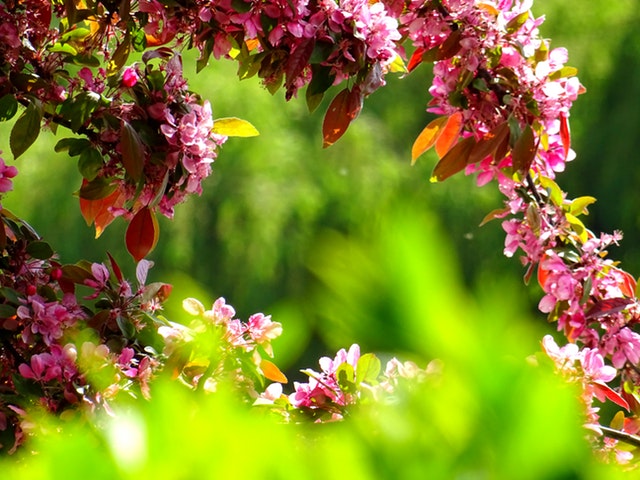
When it comes to the water that you can use for gardening, you have two options. The first is tap water. Already clean and safe due to the several processes it has gone through before it is pumped into homes and commercial and public utility structures, tap water is a safe choice. The thing is, there’s another, much better option—rainwater. Read on to know more about what makes rainwater a better option.
Benefits of Rain on Plants
* Rain in itself doesn’t have any chemicals. While it’s true that the rain that’s fallen straight from the sky can contain chemicals and may have picked up a number of contaminants on the way down, like dust and particles of animal droppings, there are a number of ways to screen and filter out solid particulates. Disinfection can then be done to the water afterwards to eliminate the chemicals.
The substances in tap water can also be removed with the use of a number of processes. However, these consume a lot of resources on your end, making this not a worthwhile endeavour.
* Rainwater contains substances plants need and frees minerals and nutrients from the soil that are essential to the plant’s survival.
The reason why plants look healthy after rain falls is because some nitrogen, an element the atmosphere is rich in, descends to earth during rainfall in their nitrate and ammonium forms. These are then taken in by the roots and leaves of plants.
Each drop of rain also contains a lot of oxygen, a safety net for plants in the event that soil is saturated after heavy rainfall.
Let’s not forget to mention that every raindrop absorbs carbon dioxide, and once the carbon dioxide that is in rain will combine with other minerals in the atmosphere, each drop becomes a little acidic. Once the acidic raindrops make it to the soil, micronutrients important to plant growth, such as manganese, zinc, iron, and copper, will be released from soil.
* Rain takes away salt from around the plant roots.
Specifically, this happens when rain is allowed to seep deep into the soil. Once the salt has been removed, roots grow healthier, and the amount of water they can take in increases. An increase in the amount of water each part of the root network can absorb allows the whole plant to survive long periods of drought.
How to Regularly Supply Rainwater to Your Plants
Since rain does not fall every single day, regularly supplying rainwater to your plants means you first need to properly collect and store rainwater. The best way to collect and store rainfall is the installation of a complete rainwater harvesting system. A complete system is composed of catchment area or roof, gutter, downpipe, rainwater tank, pump, the needed filters and screens, and all the pipes needed to properly connect the rainwater tank to the plumbing system of your home.
The rainwater tank you can get for your system isn’t limited to the cylinder-shaped one. Rainwater Tanks Direct offers slimline, underdeck, and underground tanks of various capacities.



Leave A Comment